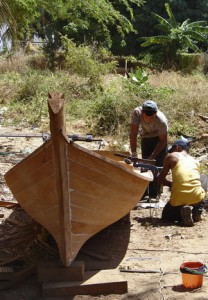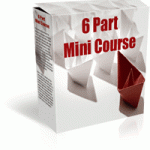Boat Building – The best place to start

Boat Building
Many people do not know this but one of the oldest forms of engineering is considered to be Boat Building.
There is evidence that boats were in use over 40,000 years ago in the early settlement of Australia.
Today boat building is normally completed by professional companies or as hobbies. No matter which one the final outcome can be enjoyed for many years to come.
Many people who are wanting to build a boat, simply do not know where to start and I have been asked this numerous times
Perhaps the best place is to identify the different parts / areas of a boat.
Did you know that decent 3D boat building software can easily create these for you?
Bow – This is the pointy end or front of the boat. A boat needs to cut through the water so the design is very important to help reduce resistance and drag on the rest of the boat. Another very important factor is to ensure it is high enough so that water does not just simply go over and into the rest of the boat.
Bulkhead - This is the internal walls of the hull
Chines - Cut through the water at high speeds and are designed to stop water spraying upwards. You can normally spot a chine as they are long, longitudinal strips on hydroplaning hulls.
The term can also refers to distinct changes in angle of the hull sections, where the bottom blends into the sides of a flat bottomed skiff. A typical hull may have two or more chines to allow an approximation of a round bottomed shape with flat panels. It also refers to the longitudinal members inside the hull which support the edges of these panels.
Deck – This helps to stiffen an enclosed hull, and is also the place that crew stand safely to operate he boat. The deck also helps to keep water out of the hull
Gunwale - The upper longitudinal structural member of the hull.
Keel – this is an important part of the structure of a boat as it helps with turning performance, or on a sail boat help with sideways pressure from wind. This is normally the main central member that runs along the length of the bottom of the boat.
Keelson – an internal beam fixed to the top of the keel to strengthen the joint of the upper members of the boat to the keel
Rudder - a steering device at the rear of the hull created by a turnable blade on a vertical axis
Sheer – This is the generally curved shape of the top of the hull. Traditionally the sheer is at its lowest point amidship as this helps to maximize the free board at the ends of the hull. Sheers can be reverse, higher in the middle, to maximize space inside or straight or a combination of shapes.
Stem - a continuation of the keel upwards at the front of the hull
Stern – the back of the boat
Strake - a strip of material running longitudinally along the vessel’s side, bilge or bottom
Transom – a wide, flat, sometimes vertical board at the rear of the hull, which, on small power boats, is often designed to carry an outboard motor. Transoms increase width and also buoyancy at the stern.
Boat Building is an art. Have fun with it and enjoy it for years.
|
Boat Design 6 Part Mini CourseLearn how to design and build a boat like a pro |
